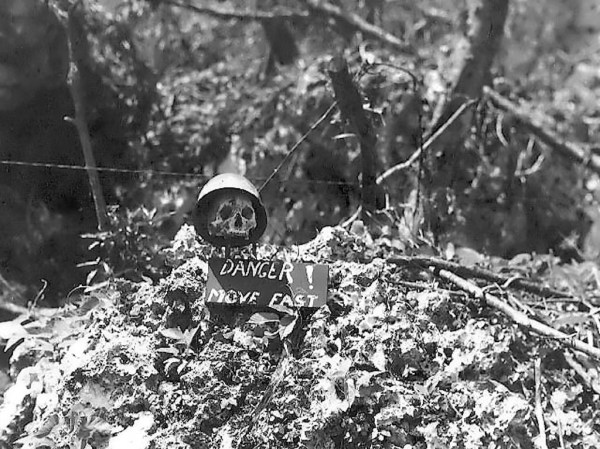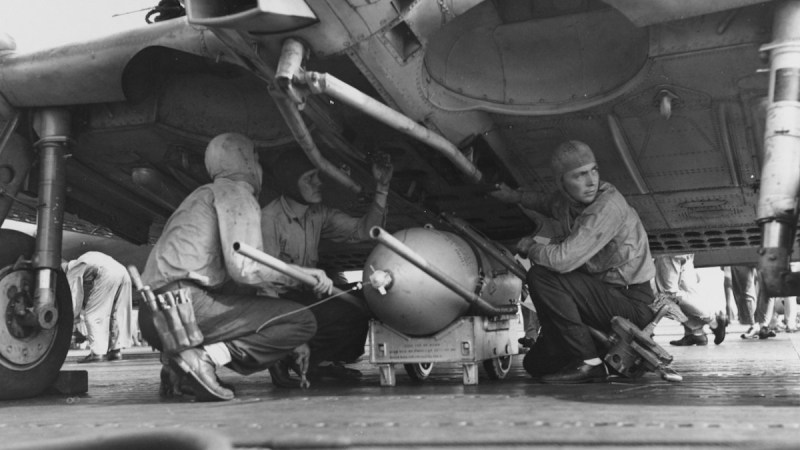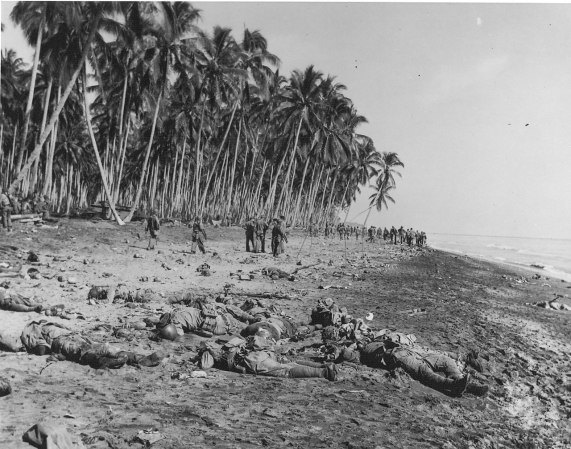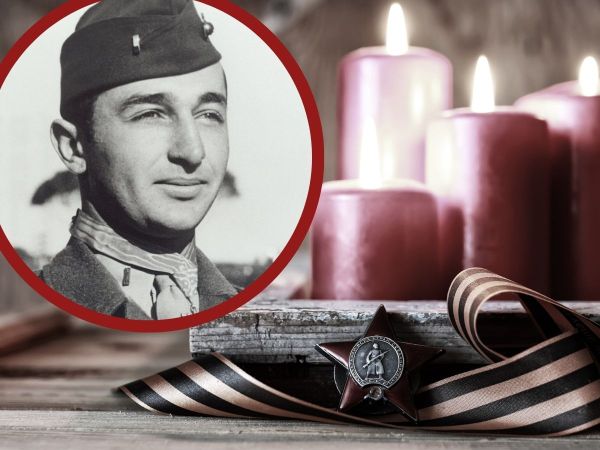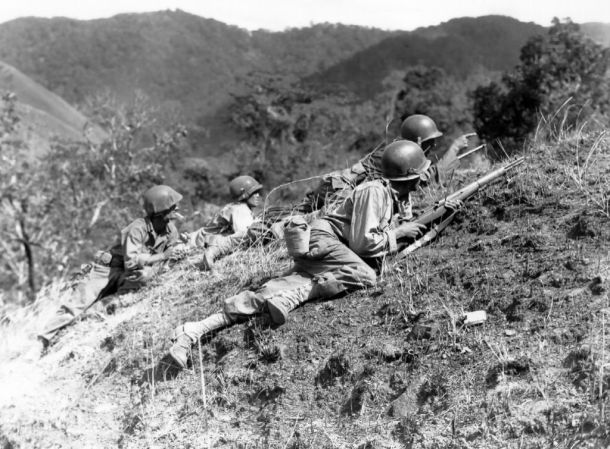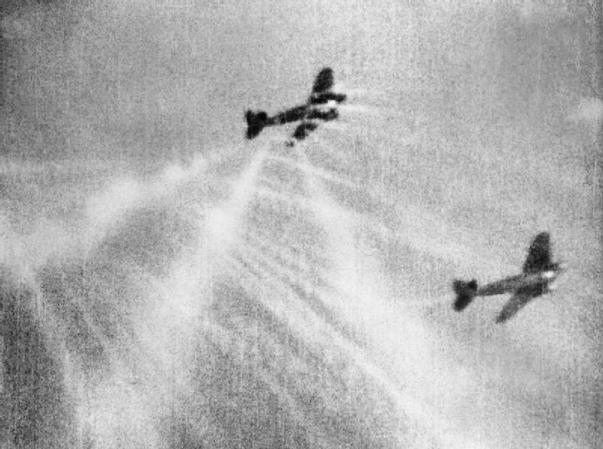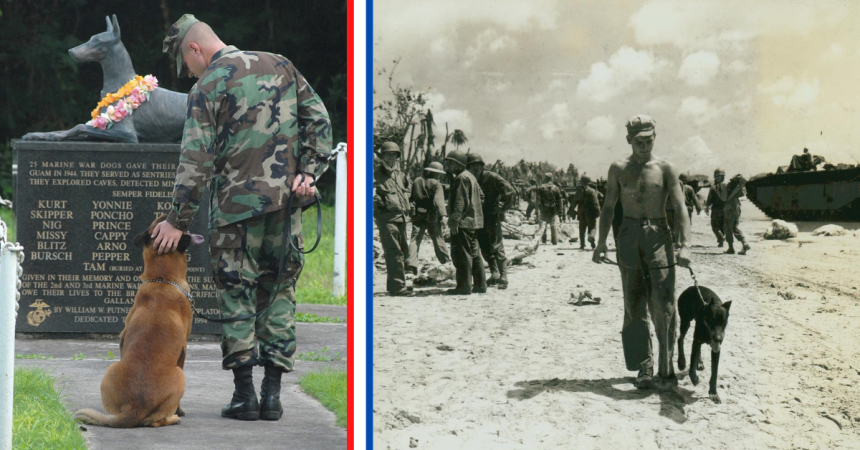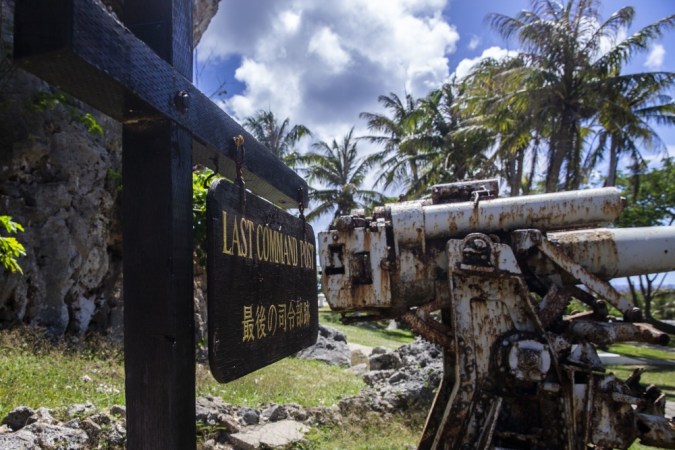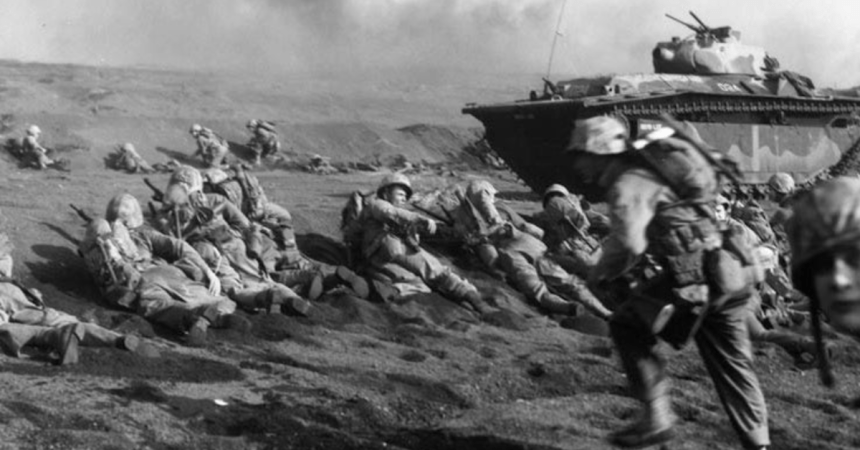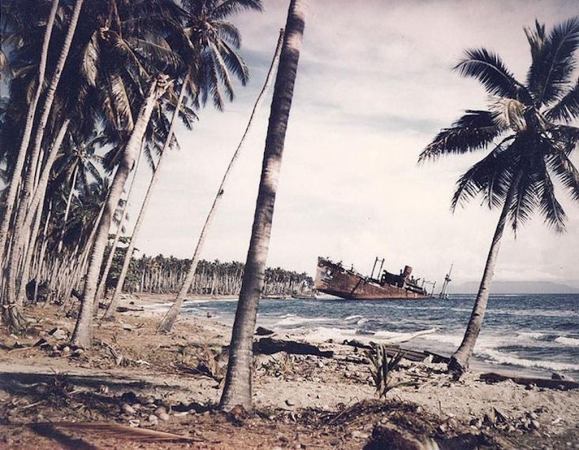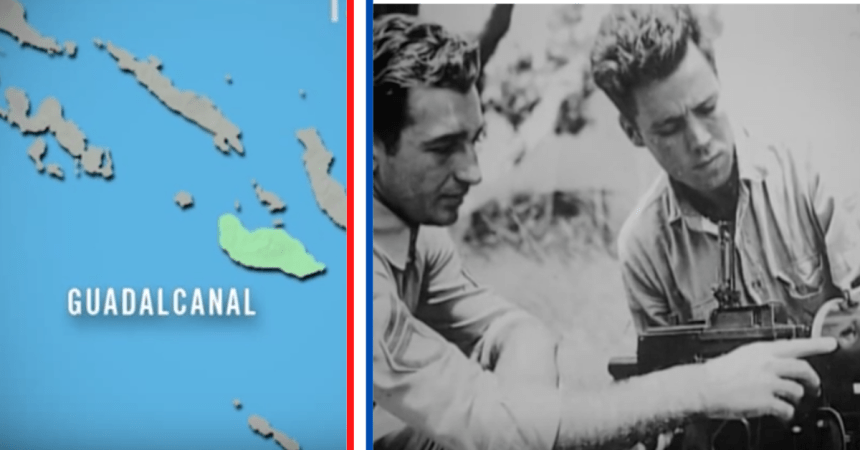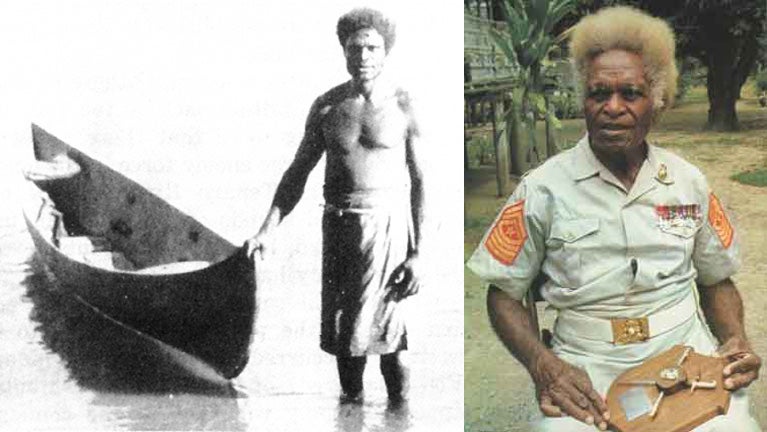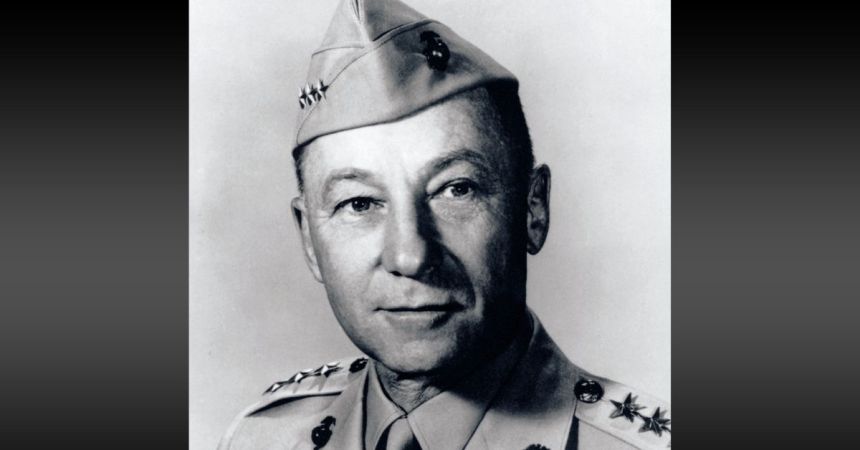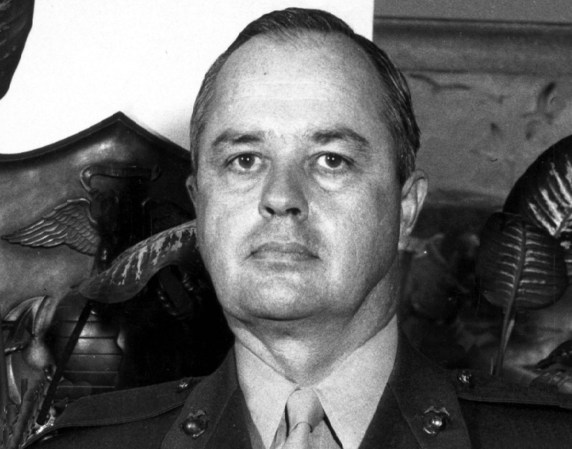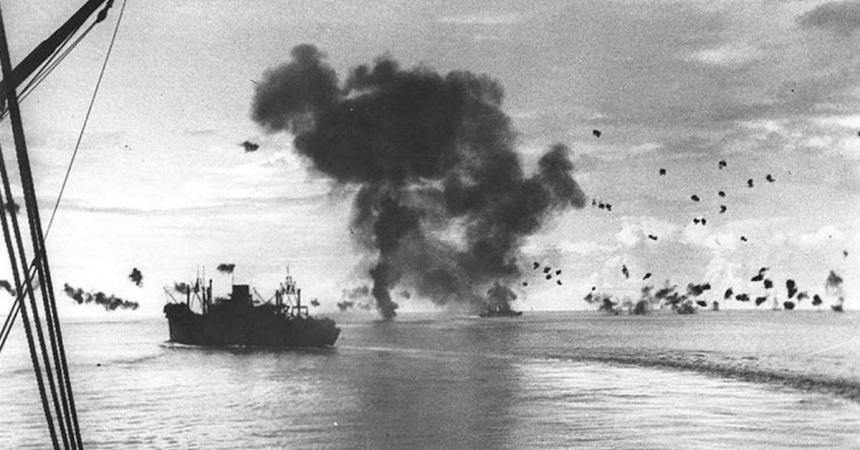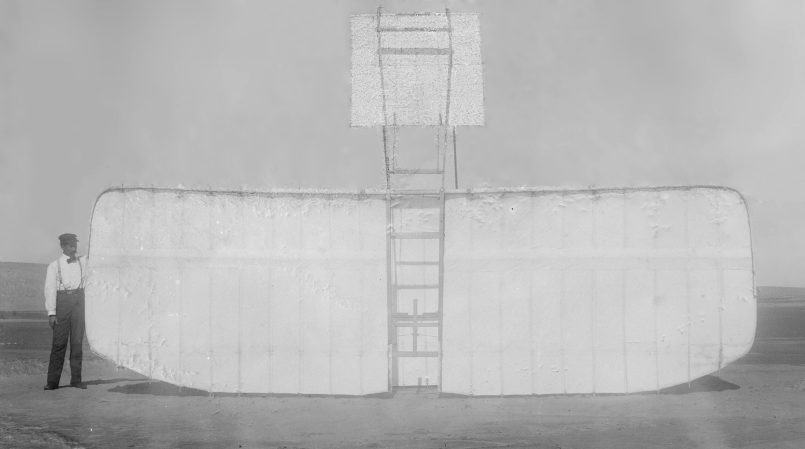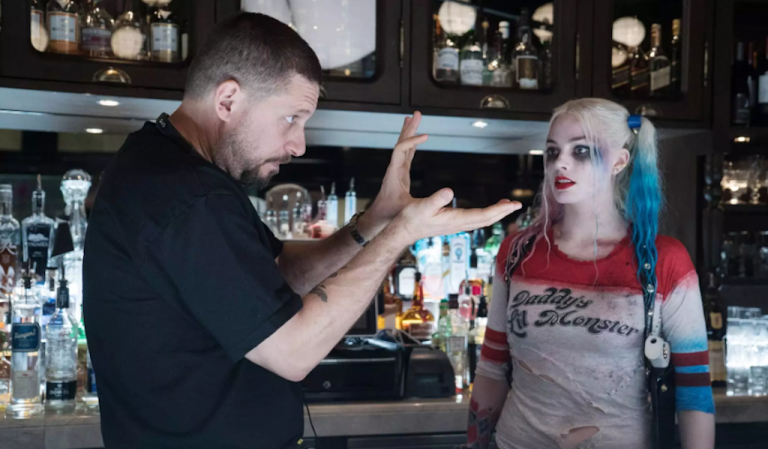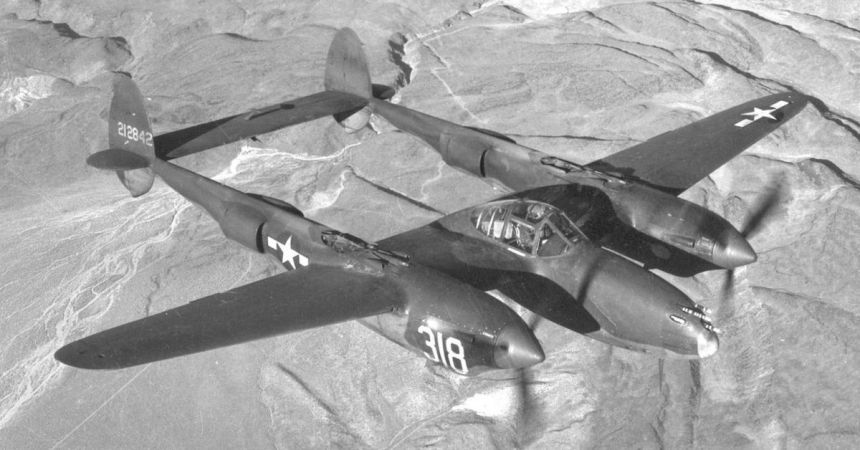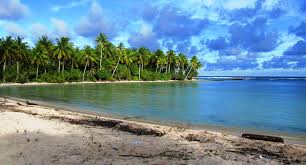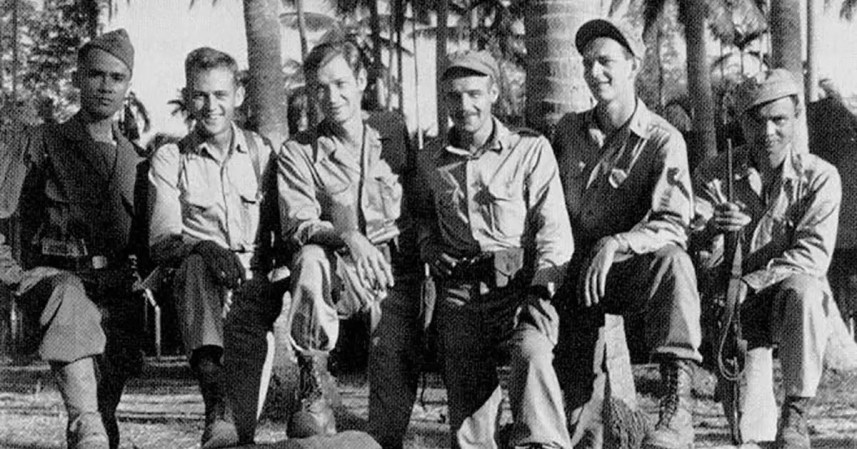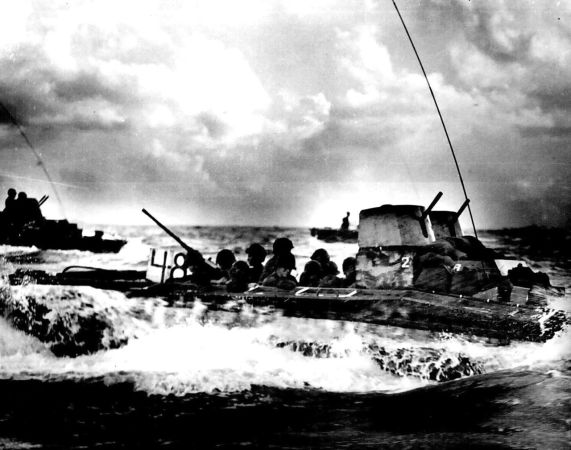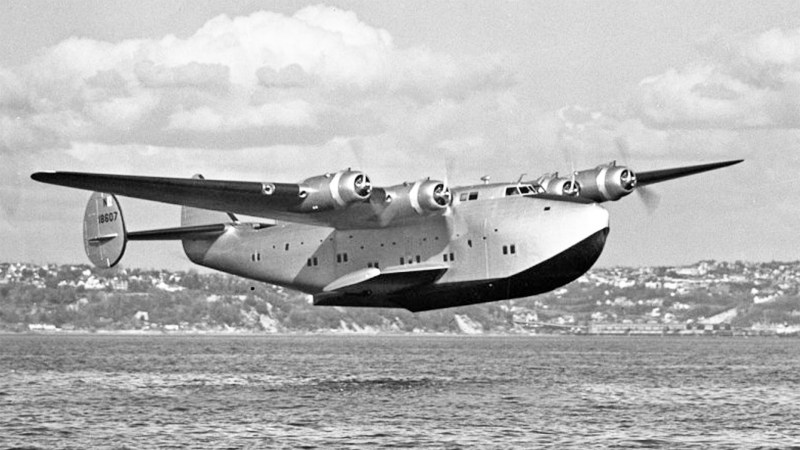In 1951, a Marine Corps veteran who had served in World War II’s Pacific Theater walked out of a Broadway theater halfway through the show. The show was the legendary hit “South Pacific,” and the Marine was former Lance Cpl. Robert Leckie. As he stormed out of the theater, he came upon a new life’s purpose. He told his wife Vera, “I have to tell the story of how it really was. I have to let people know the war wasn’t a musical.”
Robert Leckie already knew how to be a writer. Before the war, he had been on the staff of his local newspaper. He was still in high school, but was a reporter for the Bergen Evening Record in Hackensack, New Jersey. He enlisted in the Marine Corps on January 18, 1942, ready to bring vengeance for Pearl Harbor to Japanese shores.
Leckie was sent to the Pacific, where he served as a scout and a machine gunner in H Company, 2nd Battalion, 1st Marines, 1st Marine Division. He arrived to the war by August of 1942, landing on Guadalcanal in time for the first major Japanese land offensive during the campaign for the island. He was part of the Marines defending Lunga Point and the all-important Henderson Field.
The failed nighttime Japanese assault on the Marine position at Lunga Point prompted the Imperial Japanese Navy to reinforce the garrison on the island, leading the campaign for control of Guadalcanal to last more than six months that killed more than 25,000 American and Japanese troops.

Next, Leckie saw combat at the Battle of Cape Gloucester in the British territory of New Guinea. It was the 1st Marine Division’s second landing of the war, the first being at Guadalcanal. Once again, the Marines were tasked to capture and keep critical airfields on the island. The day after Christmas of 1943, Marines landed at two points on the island and would take three weeks to reach their objective and end Japanese resistance there.
The Japanese garrison had been fighting for control of New Guinea since the beginning of the war and were supported by field artillery and anti-aircraft guns. They were skilled combat veterans and, though stricken by disease, were expected to fight to the death – especially for control of the airfields. Another 3,000-plus Americans and Japanese were killed in the fighting.
Next up for Leckie and the 1st Marine Division was the Battle of Peleliu, where more than 47,000 Americans would strike almost 11,000 Japanese defenders. American strategy required an airfield on Peleliu. The Americans would be surprised by a new Japanese defensive strategy, allowing the Americans to land and defending the island in-depth, inflicting more casualties on the invaders.
With tanks, artillery, and anti-aircraft guns, peppered throughout an island entrenched with caves, concrete bunkers and a vicious tunnel and trench system. On the first day, the Marines were immediately bogged down. The fight of Peleliu would last for more than two months, killing more than 14,000 people on both sides. Leckie was wounded by a blast concussion and sent to a field hospital. He was sent home and discharged before the war ended.
After walking out of that 1951 performance of “South Pacific,” Robert Leckie wrote his book, a memoir of his experiences in the real South Pacific, called “Helmet for My Pillow.” The book would become one of the two sources for the 2010 HBO miniseries “The Pacific,” along with Eugene B. Sledge’s book “With the Old Breed.”


